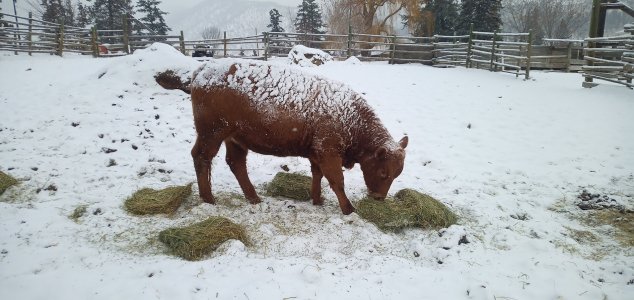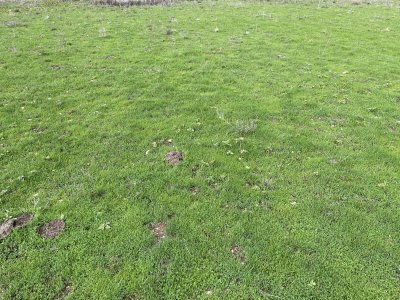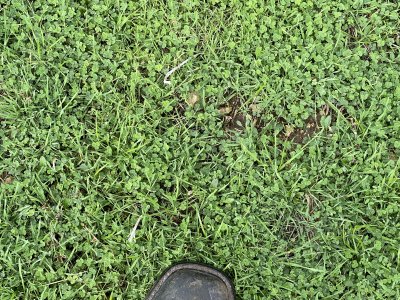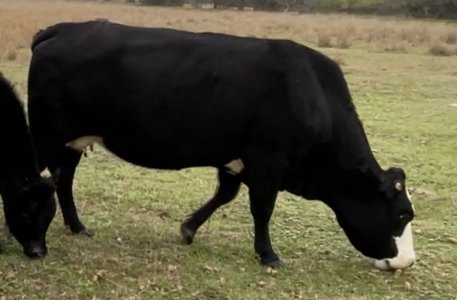My issue is first what was the purpose of posting that video? Also I don't agree with posting his name and phone number. Bet he never voiced any concerns with the breeder. If I have an issue I take it up with the person. He could of posted the picture of the cow without listing her breeder. Being he only showed one cow that leads to think she was likely the only one. It was real obvious what it was despite his denials. We have had several Limmi's with severe docility issues. I guess I should post a video of a Limmi heifer sired by a well bred Limmi hitting the fence and say that being the breed is over a 100 years old and still has this issue no Limmi is docile. Instead I'm like all of our neighbors they will likely never set foot in our pastures again but haven't posted any videos on a forum.after 100 years of linebreeding for consistency, I'd expect the rest of them to be similar if they paid any attention to udders.. After just 30 years I have ZERO cows with udders like that, and trust me we sure had a lot to begin with.
This is the udder I go for.. And this is also the cow I mentioned above that just chews cud a lot more.. Little baby peeking there is now a 12 year old and a really nice cow
View attachment 24365
View attachment 24366
On cow size, I went from a significant number of 16-1800 lb cows that ATE LIKE HECK to mostly 1400 lb cows with no change in weaning weights and the cows ate considerably less, I don't want to go much below a 1200 lb mature weight though, and I'm also not chasing weaning weights over about 650 lbs.. I found the the vast majority of years you get about an extra $20-30 for 100 lbs of extra weight when you go over 600 lbs, and the cow that makes that much bigger calf is going to be eating that much more for sure.. If you have BLM, rented pasture by the head, or whatever where the forage quantity eaten by each animal isn't calculated, well, that would change how you select as well, but I found the high 5wt - low 6wt calves sell well here
No size or weight is best for every operation. We each have to find what works best for us. Our low quality forages requires a high volume cow in order for her to consume enough to maintain herself. We have found a 1,400-1,500 lb cow does best for us. In the current drought the smaller lighter cows are falling out. Our terrain is rough so a toad can't utilize our forages either. We desire a cow in the 5.75-6.25 frame range. This works in our environment and market. If you have the growth and need too you can wean your calves earlier and still wean a 550 lb calf. With the drought we weaned our fall calves last spring at between 5-6 months. Every acre we graze is owned and paid for. No BLM.





